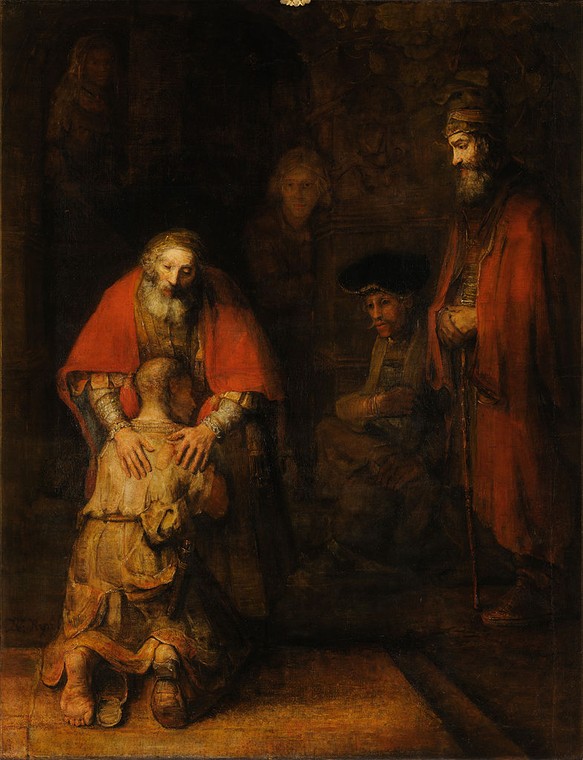Non-Christians are sometimes surprised to learn that Easter, rather than Christmas, is the most important holiday in the Christian liturgical year. (Easter is really an entire season of the church calendar, rather than a single day.)
Within the liturgical wing of the church, Lent is a 40-day period of penance and prayer that leads up to Holy Week, which we are in now. Today is Maundy Thursday, which remembers the Last Supper as recorded in the synoptic Gospels. The services that will be held tonight start the Paschel Triduum, or the church’s commemoration of the passion, death and resurrection of Jesus Christ.
The Last Supper having been a Passover meal before the Sabbath, the service is traditionally held at the beginning of Friday as per Jewish tradition, which corresponds to Thursday evening in our western calendar. Its primary component is stripping the altar, but it may also include washing of feet by a priest or bishop and the blessing of Holy Oil.
 |
|
The Seven Sacraments Altarpiece, 1445-50, by Rogier van der Weyden, shows the use of chrism, or holy oil, in the sacraments of baptism and confirmation on the left.
|
The English word Maundy comes from the opening of the phrase spoken by Jesus to the Apostles after washing their feet at the Last Supper: Mandatum novum do vobis ut diligatis invicem sicut dilexi vos. (“A new commandment I give to you, that you love one another: just as I have loved you, you also are to love one another.”)
Let me know if you’re interested in painting with me in Maine in 2014 or Rochester at any time. Click here for more information on my Maine workshops!





